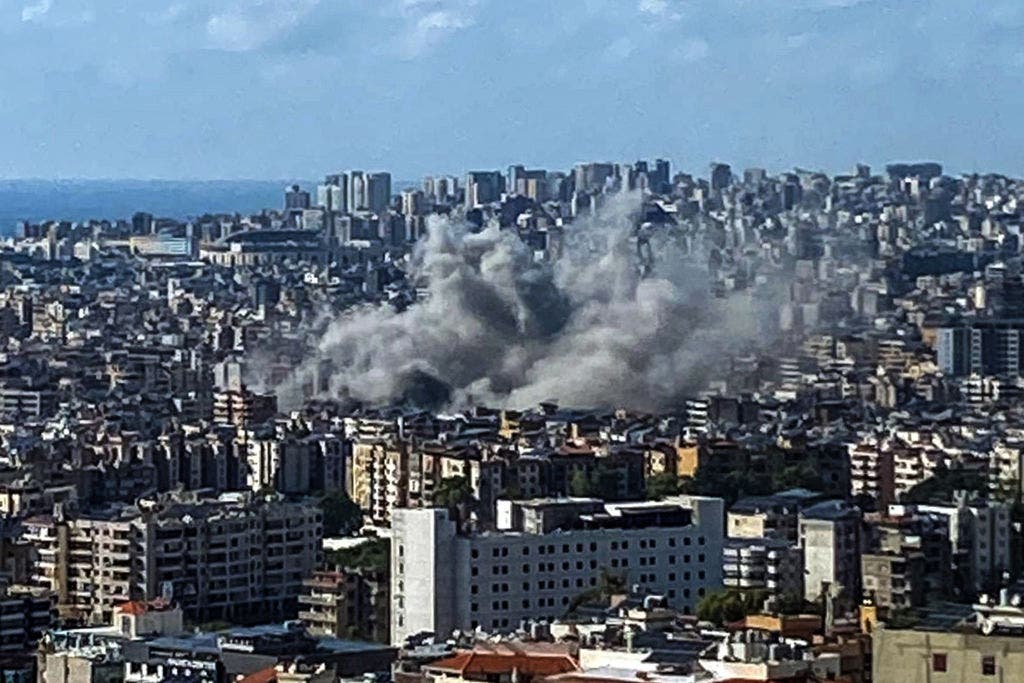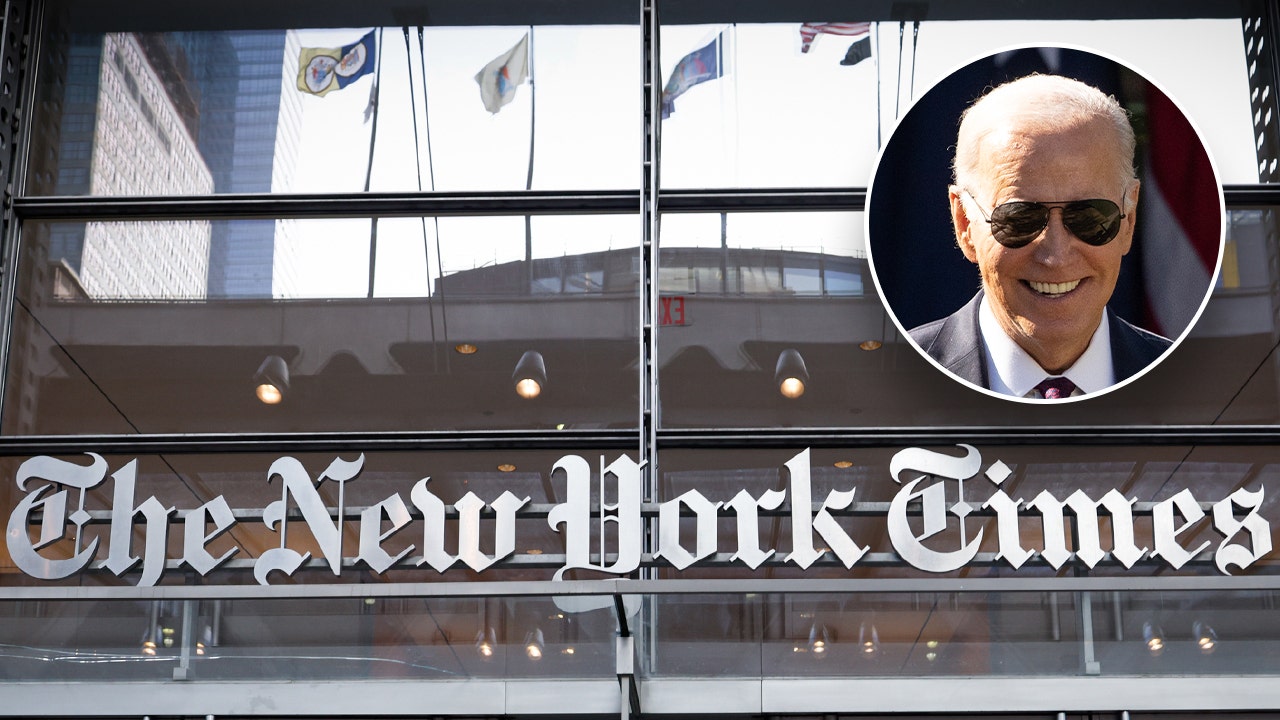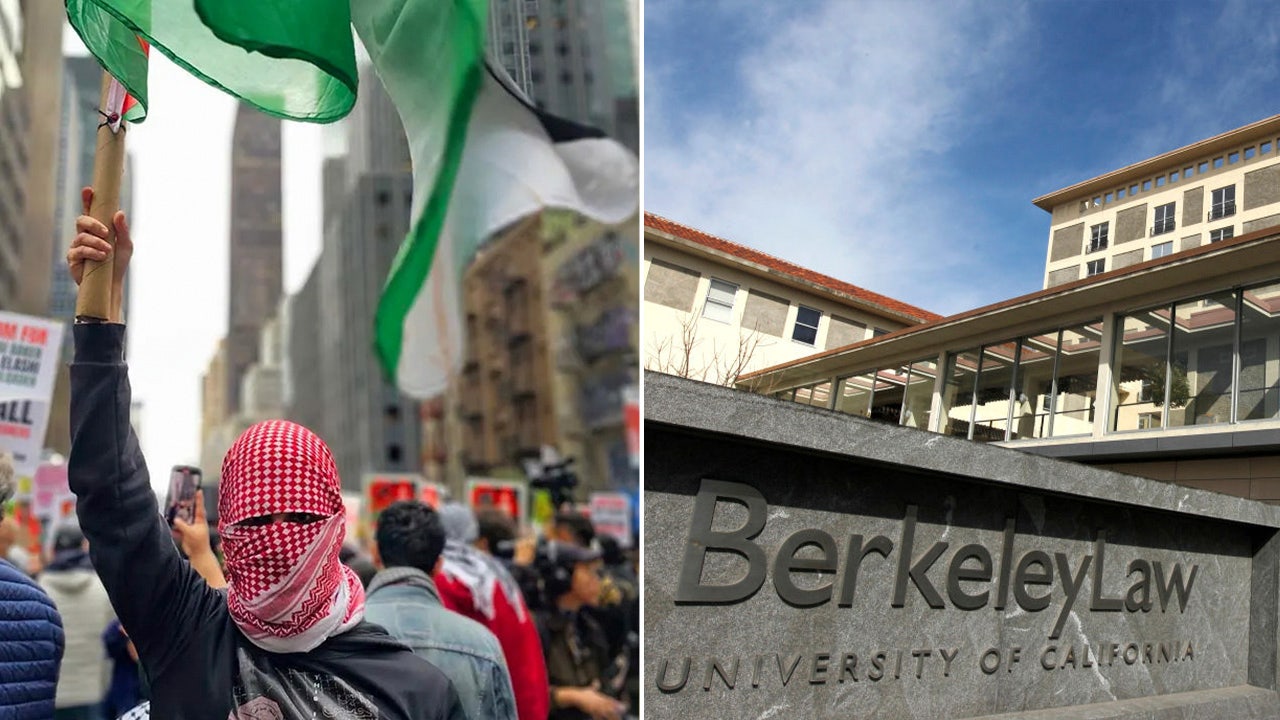Israel and Hezbollah resumed missile strikes against one another Tuesday morning following the deadliest day in Lebanon since 2006.
Lebanese officials say a massive Israeli barrage killed at least 560 people on Monday, leading thousands to flee southern Lebanon. Israel and Hezbollah, an Iranian proxy terrorist organization, remain on the brink of all-out war.
Hezbollah says it launched missiles at eight different targets within Israel early Tuesday. The Israeli military said it tracked 55 rockets fired out of Lebanon and landing in Israel.
Israeli forces say they have continued to carry out dozens of airstrikes on Hezbollah targets within Lebanon, and that artillery and tanks continue to hit targets close to the border.
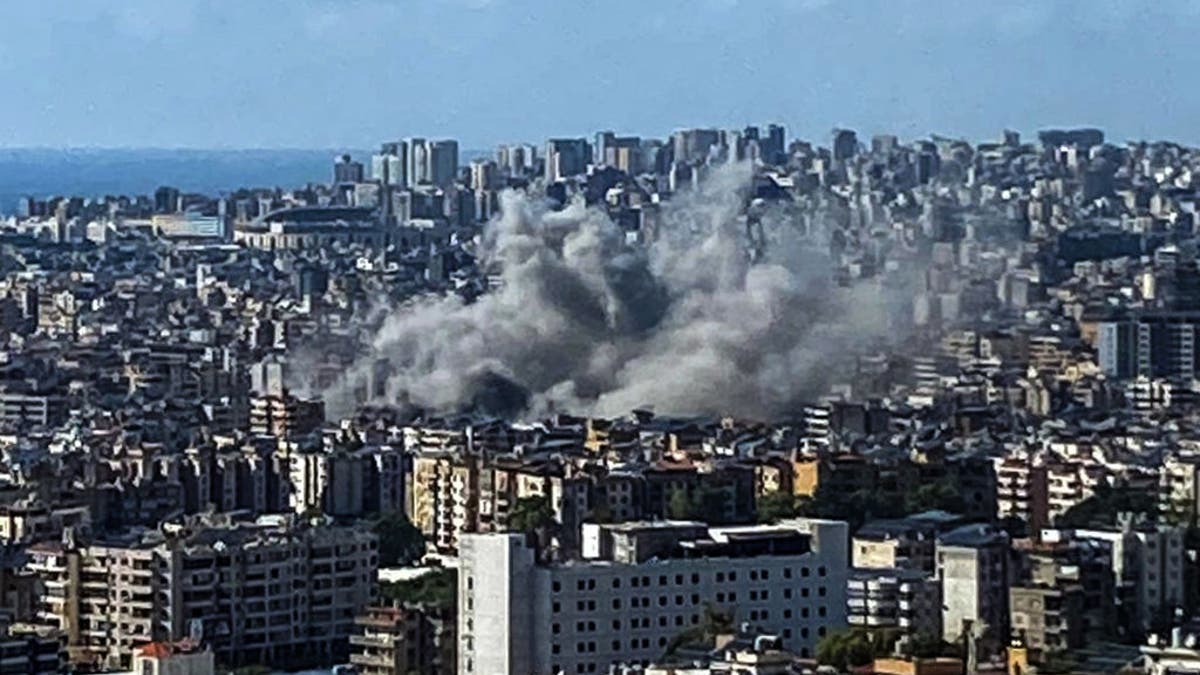
Thick smoke rises above the southern suburbs of Beirut after an Israeli airstrike. Lebanese officials say at least 560 people were killed in Israeli strikes on Monday.
Israel says it is targeting Hezbollah cells as well as weapon stashes across the country.
Data from American fire-tracking satellites analyzed Tuesday by The Associated Press showed the wide range of Israeli airstrikes aimed at southern Lebanon, covering an area of over 650 square miles.
These satellites, a part of NASA’s Fire Information for Resource Management System, are typically used to track wildfires across rural areas of the U.S., but can also be used to track the flashes and burning that follow airstrikes. That’s particularly true when an airstrike ignites flammable material on the ground, such as munitions or fuel.
ISRAEL SAYS IT CONDUCTED RETALIATORY STRIKES AGAINST HEZBOLLAH IN LEBANON, STRUCK HAMAS IN GAZA
Top Israeli officials maintain that they do not want the conflict with Hezbollah to escalate into all-out war. Israeli President Isaac Herzog said Sunday that the consolidation of weapons and equipment at the Israel-Lebanon border is not preparation for an invasion.
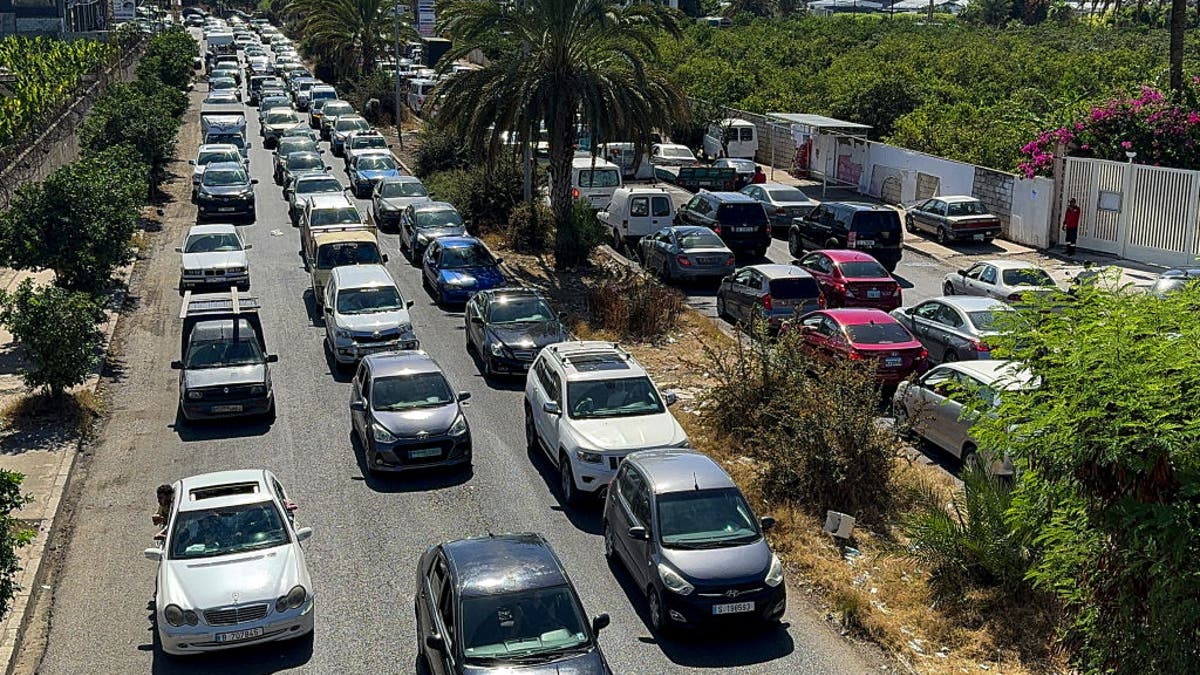

Heavy traffic formed at the entrance of the city of Saida after residents of southern Lebanon, particularly from areas near the border, were forced to flee towards the north of the country due to the intensification of Israeli airstrikes.
Meanwhile, the aircraft carrier USS Truman, two destroyers and a cruiser set sail from Norfolk, Virginia, headed to the Mediterranean on a regularly scheduled deployment, opening the possibility that the U.S. could keep both the Truman and the aircraft carrier USS Abraham Lincoln, which is in the Gulf of Oman, nearby in case further violence breaks out.
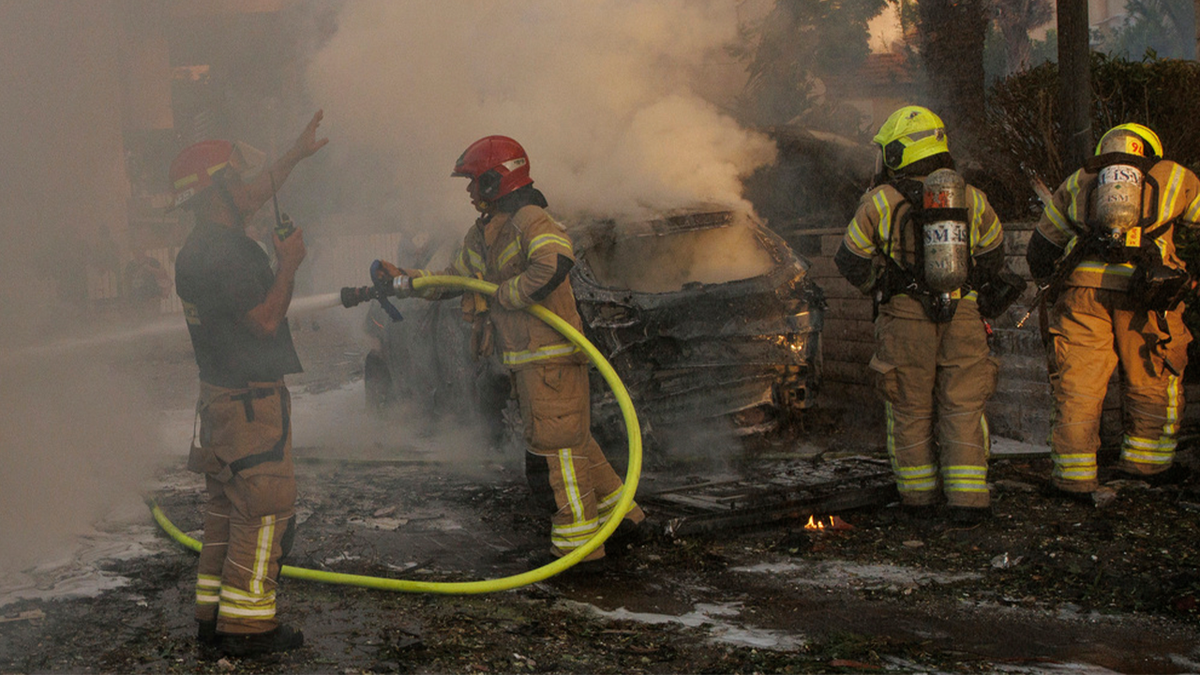

Israeli security and rescue forces work at the site hit by a rocket fired from Lebanon in Kiryat Bialik, northern Israel, on Sunday, Sept. 22, 2024. (AP Photo/Gil Nechushtan)
Defense Secretary Lloyd Austin held back-to-back calls with Israeli Defense Minister Yoav Gallant over the weekend as he pressed for a cease-fire and a reduction of tensions in the region.
CLICK HERE TO GET THE FOX NEWS APP
“Given the tensions, given the escalation, as I highlighted, there is the potential for a wider regional conflict. I don’t think we’re there yet, but it’s a dangerous situation,” Maj. Gen. Pat Ryder said Monday.
The Associated Press contributed to this report.

